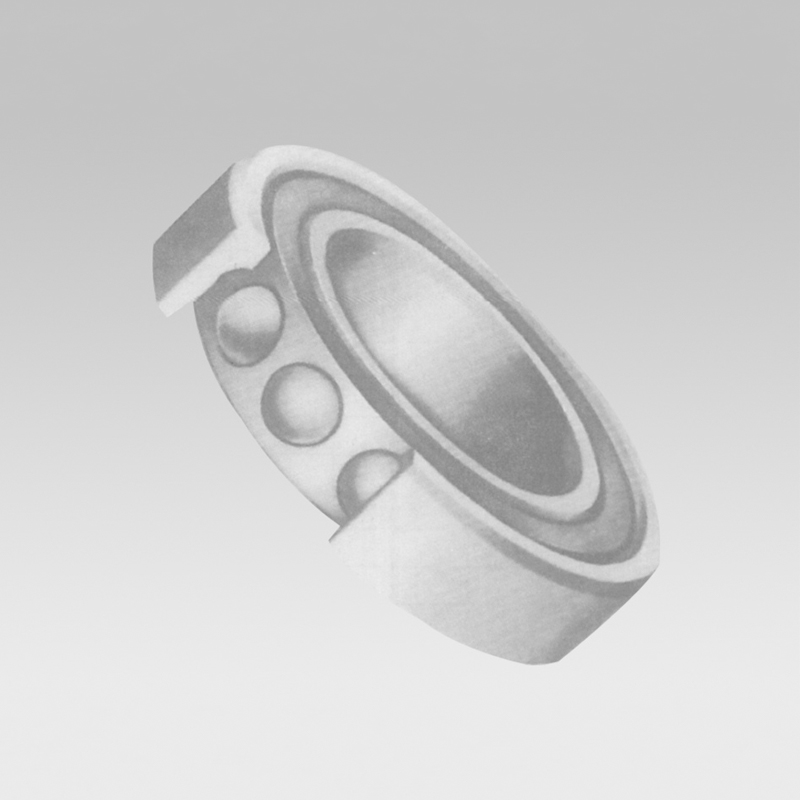
Dec . 31, 2024 09:06 Back to list
Thrust Bearing Cage Design and Functionality in Mechanical Applications
Understanding Thrust Bearing Cages Essential Components in Machinery
Thrust bearings are vital components in various mechanical systems, designed to handle axial loads effectively. In many applications, especially in high-speed machinery and complex mechanical assemblies, the performance and longevity of thrust bearings are heavily influenced by the design of their cages. A thrust bearing cage, often overlooked, plays a crucial role in maintaining the bearing's functionality and efficiency. This article explores the importance, types, materials, and design considerations of thrust bearing cages.
Importance of Thrust Bearing Cages
The primary function of a thrust bearing cage is to separate the rolling elements—typically balls or rollers—within the bearing. This separation ensures that the bearings operate smoothly and efficiently by reducing friction and wear. The cage also maintains a uniform spacing between the rolling elements, which prevents them from coming into contact with each other and generating excessive heat or damage. Moreover, a well-designed cage aids in lubricant retention and distribution, which is crucial for minimizing wear and prolonging the life of the bearing.
Types of Thrust Bearing Cages
Thrust bearing cages come in various designs, tailored to meet specific mechanical requirements. The two most common types are
1. Machined Cages These are precision-engineered from a solid piece of material. Machined cages often provide enhanced strength and rigidity, making them suitable for high-load applications. Their manufacturing process allows for tighter tolerances, which contributes to improved performance under extreme conditions.
2. Stamped Cages Formed by stamping a sheet of metal into the desired shape, stamped cages are typically lighter and less expensive than their machined counterparts. However, they may not offer the same level of strength or precision. Stamped cages are commonly used in lower-load applications or in situations where cost efficiency is paramount.
Materials for Thrust Bearing Cages
The choice of material for thrust bearing cages is critical for their performance. Common materials include
- Steel High-quality steel is widely used due to its strength and durability. Steel cages can withstand significant loads and are often treated with surface coatings to reduce corrosion and wear.
thrust bearing cage

- Polymer In applications where weight reduction and corrosion resistance are essential, polymer cages made from materials like nylon or PTFE (polytetrafluoroethylene) may be used. These materials are lighter and can provide good insulation, but they might not handle heavy loads as effectively as metal cages.
- Brass Occasionally, brass is used for its combination of strength and resistance to corrosion. Brass cages can provide a good balance between weight and durability in specific applications.
Design Considerations
When designing thrust bearing cages, several factors must be taken into account to optimize performance
- Load Capacity The cage must be engineered to withstand the maximum expected axial load while minimizing deformation.
- Lubrication Effective lubrication pathways should be incorporated into the cage design to ensure proper distribution of lubricant throughout the bearing.
- Heat Dissipation Adequate clearance and materials need to be chosen to ensure that heat generated during operation can dissipate efficiently.
- Precision and Tolerance Tight tolerances reduce the risk of interference between moving parts, which is crucial for high-speed applications.
Conclusion
Thrust bearing cages are often underestimated components that play a significant role in machinery performance. Their design, material choice, and configuration have a direct impact on the efficiency, lifespan, and reliability of thrust bearings. By understanding the nuances of thrust bearing cage design and function, engineers can make informed decisions that enhance machinery performance, reduce maintenance costs, and ensure the longevity of mechanical systems. As technology evolves, the continued advancement in materials and manufacturing processes will likely lead to even better designs, further improving the capabilities of thrust bearing cages in various applications.
Latest news
-
Grooved Ball Bearing Design and Functionality
NewsJun.04,2025
-
Concrete Mixer Bearing Load Capacity Testing
NewsJun.04,2025
-
6004 Bearing Dimensions in Robotic Joint Designs
NewsJun.04,2025
-
Advantages of Single-Row Deep Groove Ball Bearings
NewsJun.04,2025
-
Applications of Deep Groove Ball Bearings in Automotive Systems
NewsJun.04,2025
-
Innovations in Bearing Pressing Machine Design
NewsJun.04,2025
